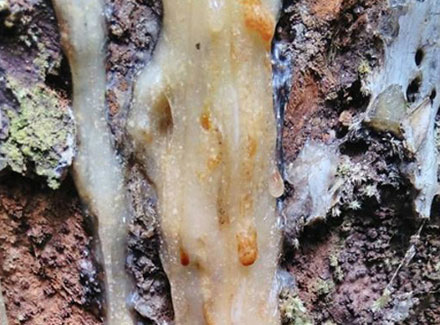Misguided protestors have disrupted legal and sustainable timber operations at Helms, near Nannup in Western Australia. Despite false claims from protestors, the operation at Helms does not include any areas of old growth forest, according to the timber industry’s peak body, the Forest Industries Federation of WA (FIFWA). Source: Timberbiz
FIFWA Executive Director Melissa Haslam said the extreme actions of protestors have done more harm than good by entering the operations dangerously, disregarding protocols and disrupting the local, family-owned logging contractor.
Mrs Haslam said the majority of the Helms operation was dieback infested, which was identified as part of the extensive assessment process required prior to approval.
“We have strict hygiene management practices that we must uphold to avoid spreading dieback, and we are seriously concerned that the protestors have no regard for these practices as they run around the forest,” Mrs Haslam said.
“Helms is a sustainably managed regrowth coupe and claims that it contains old growth forest are simply false, as again, we have strict formal assessments and any old growth forest goes straight into reserve, not to be touched.
“Our industry has no interest in harvesting old growth forest.”
The Helms timber operation covers 741 hectares, of which 299 hectares is excluded from harvesting as it has been flagged for conservation. The remaining 442 hectares will be harvested for valuable timber products, from an expected yield of 10,000 tonnes of jarrah sawlogs.
The harvested logs will be delivered to nearby Parkside Nannup mill, further stimulating the local economy, before being used to create high-value products such as flooring and furniture components. To ensure there is no waste, the entirety of the resource is used, with lesser-quality or residue logs being used for other products.
“Any identified habitat trees at Helms will be retained during this harvest. Sustainable forest management practices ensure there is adequate habitat refuge for wildlife during these temporary disturbances,” Mrs Haslam said.
“Helms has been harvested before and will be selectively harvested now, then completely regenerated as it has in the past. We are a sustainable industry
“Of the 2.25 million hectares of native forest, 1.4 million hectares is already in reserves. Only one per cent of the forest is harvested each year and all of it is regenerated.”








